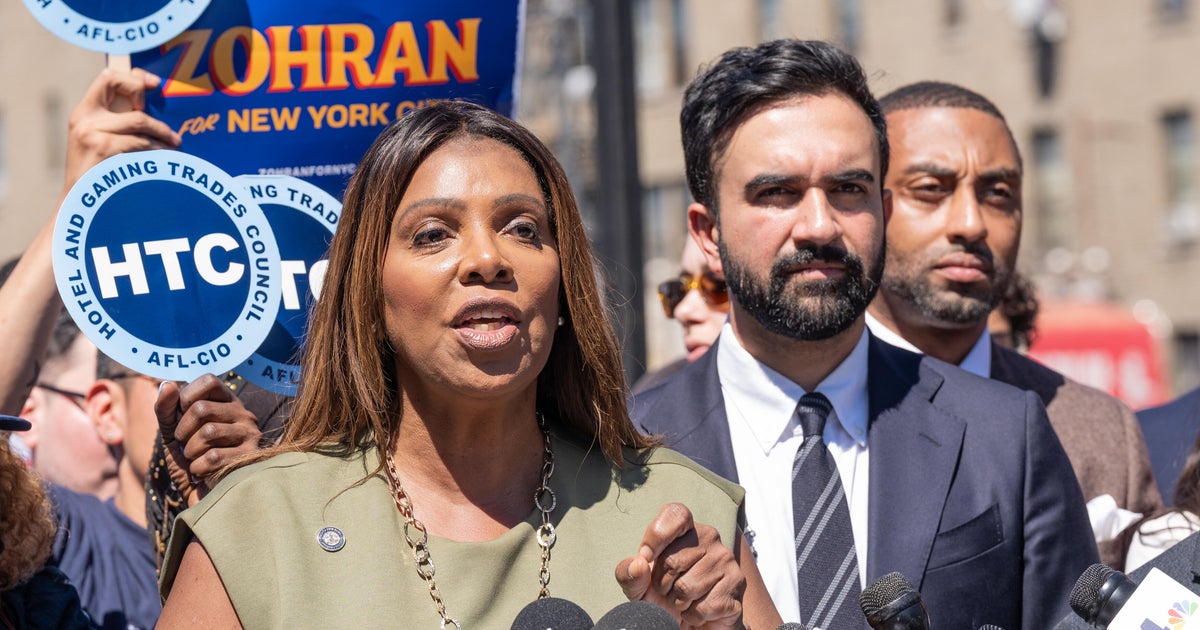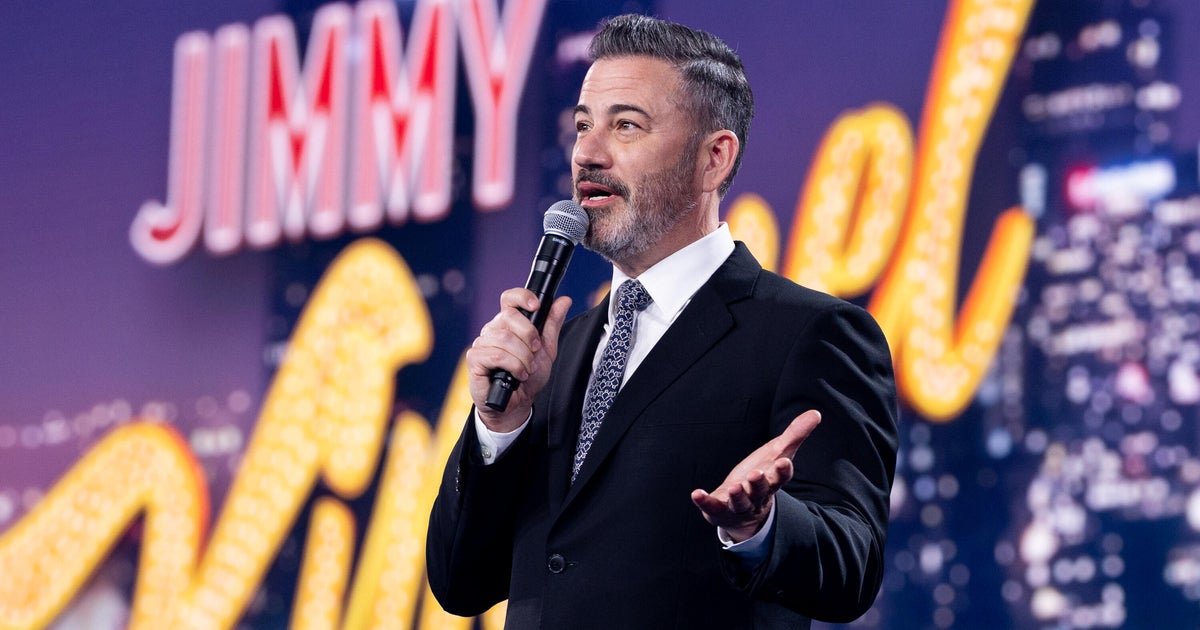Caroline Millswood’s renovated Victorian-style home in Melbourne’s north might have looked lovely, but when she tried to heat it in winter or cool it in summer, the hot or cold air leaked straight out.
“In lots of the older housing stock in Melbourne you can change the internal temperature but only for about 10 minutes,” she said.

Caroline Millswood in her new home that stays at a comfortable temperature.Credit: Joe Armao
It set her on a path to building a new home that would stay at a comfortable, even temperature: a high-quality and airtight home with excellent insulation that uses less energy to heat and cool.
She’s not alone. More people are learning about the benefits of thermally efficient homes, not only to keep warm in Melbourne’s winter, but also to stay cool in summers that are getting hotter.
This week the federal government’s Climate Risk Assessment report warned the number of severe/extreme heatwave days could rise from four a year now, to 18 every year if the climate warms by 3 degrees.
Loading
But experts have warned most homes are not climate-ready, and even many built over the last 10 to 15 years are not fit for the climate because the nationwide energy efficiency standard is based on out-of-date climate data.
Caroline’s home, by contrast, is built to last for the long term.
It’s a Passivhaus, or “passive house,” a housing performance standard that optimises insulation and the airtightness of the building envelope to stabilise the internal temperature.
She was introduced to the idea by her builder, Mark van Haandel of MVH Constructions. The architect was Maxa Design.
Caroline, 42, and her husband, both lawyers, with two sons, wanted to move to the eastern suburbs, where they bought a knockdown block. Their team created a four-bedroom plus study house in natural, neutral tones, and the family moved in at Christmas 2022.

The home features neutral tones.Credit: Joe Armao
Their home is airtight, and pumps in its own air, so it doesn’t lose its temperature.
It has uninterrupted insulation from the floor to the roof, all around the walls, with no gaps for manholes or similar. The insulation layer is almost twice as effective as required by the construction code.
The sealing windows have double glazing and there are solar panels on the roof – and no gas.
Loading
“It’s only the darkest eight weeks of the year when we need to run off mains electricity,” she said, adding she plans to install a battery.
There are ceiling fans for summer and she does use the air conditioner if there are several hot days in a row, but can turn it on for a limited time to cool the house and it will stay cool.
“We love it. As well as the technical passive features it’s quite a natural, spare design and the block has a nice, northern aspect and beautiful trees around it,” she said.
“It’s very comfortable, it’s very, very even – it takes a lot to change its temperature.”
It was more expensive to build, but energy costs are lower.

Caroline and her builder Mark van Haandel.Credit: Joe Armao
Her builder, Mark van Haandel, had just completed his Passivhaus certification when the project came up, so it was his first build certified to the Passivhaus standard.
“Once we did that certification it was pretty apparent that this was the house not only of the future, but what we need now,” he said.
During construction in wintertime, he said tradespeople were plastering inside in shorts and a T-shirt because the home was so comfortable even before completion.
He said uninterrupted insulation is a different prospect to buying the best insulation batts at a hardware store, emphasising the need for the insulation to be installed correctly.
Passive houses maintain a stable level of humidity and avoid condensation, which helps allergy sufferers.
Now, all his builds have high standards of insulation, air tightness and ventilation.
“The more of these houses we can get to the market or get built, the cheaper these are going to become to build,” he said.
Loading
“At the moment we are building houses that are going to be getting bulldozed or not being fit to live in in a shorter term period, as in 30 years’ time … We really need to look at the quality of the homes that we are building.”
He thought it was feasible to make this change.
“Each summer it’s getting hotter and hotter so at the moment if your house is hot in 10 years’ time it’s going to be out of control. We need to have houses that will be resilient for generations to come.”
Caroline is on the same page.
“We think that long-term, sustainable building has just got to be a good idea and hopefully other people take it up,” she said. “We’ll live in it as long as we can and then hopefully someone else will enjoy it because it will stay standing for a good long time.”
Most Viewed in Property
Loading


















































